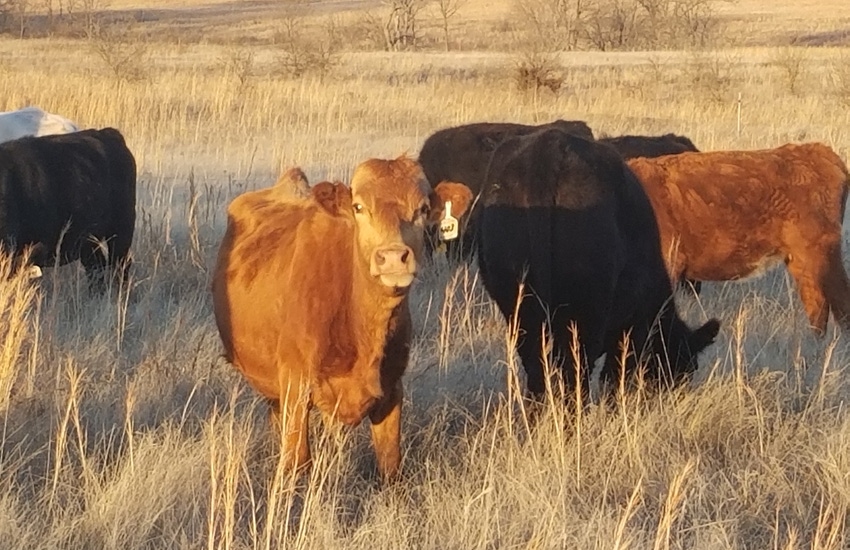
Cow culling typically produces poor returns for many ranches, but it could be made more profitable. It's a matter of weighing your costs versus potential returns, combined with better market timing.
First, it's generally accepted cow sales make up only 10-20% of ranch income on most cow-calf operations, despite the fact cows typically make up more than half the livestock inventory. We recently addressed one remedy for this with the story Consider the no-depreciation cow-calf operation, available online at BeefProducer.com.
A further cure for meager cow returns would be better marketing of the open cows typically sold in the fall at preg-check time. One look at the graph in this story should tell us this is a bad financial/marketing decision, if we didn't already know.

A three-year project by the Noble Research Institute in southern Oklahoma was published last year and showed significant actual profits to be had from keeping open cows in the fall, feeding them and breeding them, then selling as bred cows at a later date.
In brief, they found feeding on weight without adding a pregnancy did not make for a profit when selling cows in the spring in those three years. However, when they sold heavier, bred cows in the spring, about half the time they made a profit, in some cases a significant profit over feed costs. Their average pregnant-cow profit for that three years was $68/head.
In this study, Noble Research Institute used a total of 244 open cows from one of its research farms in 2015-2016, 2016-2017 and 2017-2018. At weaning time each fall, all cows were weighed, pregnancy tested via ultrasound, and assigned an initial body condition score (BCS) by certified beef quality assurance (BQA) research technicians.
Here's the gist of their management and recordkeeping.
Using body condition scores, the open cows were sorted into two management groups:
1. A “thin” group with BCS less than 5.5
2. A “moderate” group with BCS greater than or equal to 5.5
Each month through the end of the cow-retention period, cows in both groups were weighed and given a BCS. At weaning time and at the end of the retaining period, the USDA cow grader traveled to the study site and placed a dressing percentage and USDA grade on every cow: lo-lean, lean, boning utility, breaker.
Feed rations were developed for both groups to improve the condition of all cows to a target BCS of 6. The ration for the thin group included a mixture of ground hay (60% alfalfa and 40% grass) fed at rate of 20 pounds per head per day, plus 9.5 pounds of corn per head per day, and fed seven days a week. The ration for the moderate cows included the same mixture of ground hay, plus 1.5 pounds per head per day of 32% protein cubes fed three days per week.
Two rested breeding bulls were assigned to each group of cows each year for a 60-day breeding season in an attempt to rebreed the open cows. Each year, bulls were given a breeding soundness exam prior to turnout on December 1. At the end of each trial in each year, all cows were again pregnancy tested with ultrasound. All cows that tested open were subjected to a secondary blood test to confirm it.
If you'll look at the chart of the Noble researchers' data, you'll see their cow profits declining over the three years as the marketplace moved into the very flat cow market we're now seeing. This is one of the realities of cow marketing.

You should also notice the feed costs per cow and determine whether your costs for putting on weight would be more, the same, or less. The Noble research crew also noted the returns from selling younger bred cows were greater than selling older bred cows, which should not be news to anyone familiar with cow marketing. They also noted the financial advantage of selling cows in truckload lots, when possible.
The full story on the study is available on the Noble Institute's News and Views from September 2019.
About the Author(s)
You May Also Like




